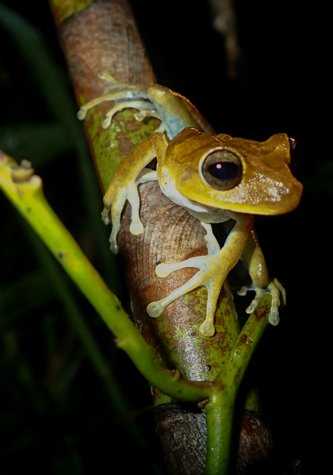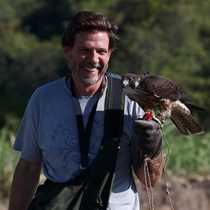An early wake up knock announced that we would shortly start our six o’clock skiff ride. Today we traveled through the Marayali River, a very good place to find several new species of birds and other animals for the trip. During our pleasant ride along the Marayali River, we saw green ibis, muscovy ducks, oriole blackbirds, a three toed sloth and squirrel monkeys among other interesting species.
As the river rises, we can access more channels that were not navigable a few weeks ago. Large amounts of fresh water descend from the Andes and add to the copious rain to give origin to the largest river on earth; the Amazon.
We visited the village of Amazonas. Learning about the ways of life in this remote region gave us a much wider view of not only the natural aspect of Amazonia, but also its cultural side.
We could shop for handcrafts, or just admire the beautiful handcrafts made with chambira, a palm whose fibers are intricately woven into handbags, baskets, bracelets and dolls. There were also wonderful woodcarvings of Amazonian animals and many more handcrafts that the community displayed specifically for our group.
While we enjoyed our lunch, we could observe countless pink and gray river dolphins emerging to breathe. These mysterious and unpredictable aquatic mammals are quite abundant here in the Peruvian Amazon. Part of the reason is that they are protected by cultural taboo. Here, no one is interested in hunting or harming them, because of the belief that they will bring bad luck to whoever kills one.
Later in the afternoon we traveled through the Yarapa River by skiff. The large trees that line the entire riverside host a large diversity of living creatures. Chestnut-eared aracaris, mealy, orange winged, and yellow crowned amazon parrots, toucans and raptors were seen in abundance. The jungle is simply magnificent and if we look closely into it we can find amazing things.
After dinner some of the adventurous souls had the opportunity to explore the Amazonian jungle at night. The sounds of frogs, insects and some nocturnal birds, create a completely different atmosphere. At night is when we can also see the greatest diversity of interesting butterflies, moths, spiders and all kinds of unusual looking insects.







